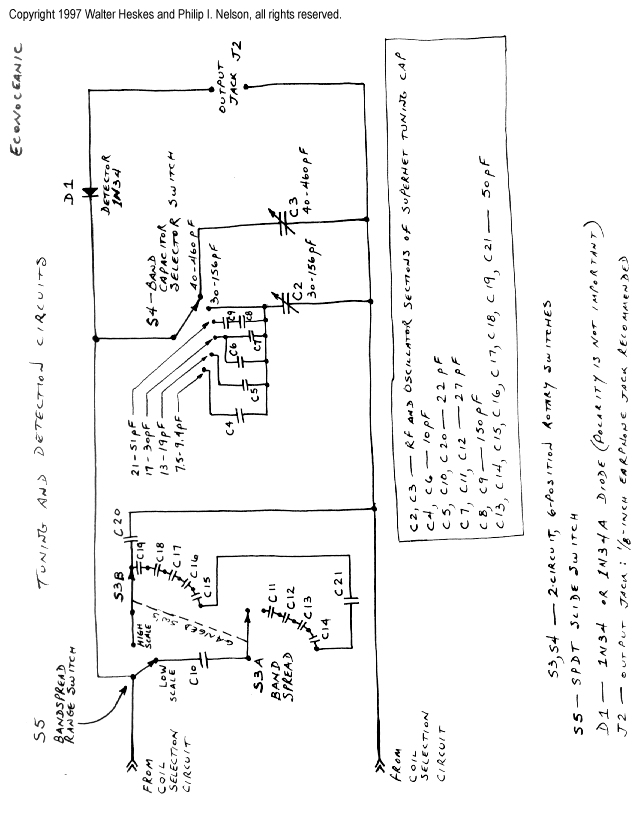
single phase half wave thyristor

In previous discussions, simulations of half-wave and full-wave rectifiers using standard diodes were presented. This post transitions to the power electronics domain, focusing on a Single Phase Half-Wave Rectifier utilizing a thyristor, also known as a Silicon Controlled Rectifier (SCR). In an SCR circuit, the thyristor is activated after a delay angle, referred to as alpha (α), which is determined by a firing circuit. The SCR begins conducting only after this delay angle, which is adjustable through a potentiometer connected to the Anode and Gate terminals of the SCR. When the SCR is in conduction, voltage is observed across a load resistor of 1 kΩ, as illustrated in the accompanying graph. Conversely, during the off state of the SCR, voltage is present only across the SCR, as shown in another graph. The voltage across the load resistor is visible only after a specified delay angle (firing angle). Conduction occurs solely during the positive half cycles, as the SCR is non-conductive during the negative half cycles. The portion of the sinusoidal waveform that does not appear across the load resistor is present across the thyristor when it is in the OFF mode.
In the Single Phase Half-Wave Rectifier circuit employing a thyristor, the operation is fundamentally different from traditional diode-based rectifiers. The SCR allows for controlled rectification, which is advantageous in various applications, such as motor control and power regulation. The firing angle (α) is a critical parameter, as it determines the point in the AC cycle at which the SCR begins to conduct. This angle is adjustable via the potentiometer, enabling fine-tuning of the output voltage and current characteristics.
The circuit typically consists of an AC power source, a thyristor, a load resistor, and a firing circuit. The firing circuit may include a resistor-capacitor (RC) timing network or other triggering mechanisms to create the required delay angle. When the AC voltage rises and reaches the threshold defined by the firing angle, the gate terminal of the SCR receives a triggering pulse, turning the thyristor on and allowing current to flow through the load.
During the positive half cycle of the AC input, as the SCR is triggered, the voltage across the load resistor increases, following the input waveform but only after the specified delay. This results in a clipped output waveform, where the initial portion of the half cycle is absent from the load. In the negative half cycle, the SCR remains off, preventing current flow and resulting in zero voltage across the load resistor during this phase.
The graphical representation of the output voltage clearly illustrates the relationship between the firing angle and the load voltage. The area under the curve during conduction represents the power delivered to the load, which can be adjusted by varying the firing angle. This characteristic makes the thyristor-based half-wave rectifier an effective solution for applications requiring variable control of power delivery.
Overall, the Single Phase Half-Wave Rectifier using a thyristor exemplifies the principles of controlled rectification in power electronics, showcasing the importance of firing angle control in managing output characteristics.In some of my previous posts, we have seen the simulations of half wave and full wave rectifiers using simple diodes. Now in this post, I would like to move on to power electronics domain with the first post being Single Phase half wave rectifier using thyristor .
In a thyristor or a so called SCR (Silicon controlled rectifier) circuit, the thyr istor is turned on after a delay angle alpha ( ±) using a firing circuit. ± is also called firing angle. So, in the circuit shown below, the SCR starts conducting only after a delay angle of ±, which is controlled by the potentiometer across the Anode and Gate terminals of the SCR. When the SCR starts conduction, the voltage appears across the load resistor of 1k © as shown in graph-2, otherwise during off condition of SCR, the voltage appears only across the SCR as shown in graph-3.
You can see the in the above graph that the voltage appears across the load only after a certain delay angle (firing angle). Conduction occurs only in positive half cycles, since during negative half cycles, the SCR is switched off.
Part of the sinusoidal waveform which do not appear across the load resistor appears across the thyristor as shown in the graph-3. These waveforms appear when the thyristor is on OFF mode 🔗 External reference
In the Single Phase Half-Wave Rectifier circuit employing a thyristor, the operation is fundamentally different from traditional diode-based rectifiers. The SCR allows for controlled rectification, which is advantageous in various applications, such as motor control and power regulation. The firing angle (α) is a critical parameter, as it determines the point in the AC cycle at which the SCR begins to conduct. This angle is adjustable via the potentiometer, enabling fine-tuning of the output voltage and current characteristics.
The circuit typically consists of an AC power source, a thyristor, a load resistor, and a firing circuit. The firing circuit may include a resistor-capacitor (RC) timing network or other triggering mechanisms to create the required delay angle. When the AC voltage rises and reaches the threshold defined by the firing angle, the gate terminal of the SCR receives a triggering pulse, turning the thyristor on and allowing current to flow through the load.
During the positive half cycle of the AC input, as the SCR is triggered, the voltage across the load resistor increases, following the input waveform but only after the specified delay. This results in a clipped output waveform, where the initial portion of the half cycle is absent from the load. In the negative half cycle, the SCR remains off, preventing current flow and resulting in zero voltage across the load resistor during this phase.
The graphical representation of the output voltage clearly illustrates the relationship between the firing angle and the load voltage. The area under the curve during conduction represents the power delivered to the load, which can be adjusted by varying the firing angle. This characteristic makes the thyristor-based half-wave rectifier an effective solution for applications requiring variable control of power delivery.
Overall, the Single Phase Half-Wave Rectifier using a thyristor exemplifies the principles of controlled rectification in power electronics, showcasing the importance of firing angle control in managing output characteristics.In some of my previous posts, we have seen the simulations of half wave and full wave rectifiers using simple diodes. Now in this post, I would like to move on to power electronics domain with the first post being Single Phase half wave rectifier using thyristor .
In a thyristor or a so called SCR (Silicon controlled rectifier) circuit, the thyr istor is turned on after a delay angle alpha ( ±) using a firing circuit. ± is also called firing angle. So, in the circuit shown below, the SCR starts conducting only after a delay angle of ±, which is controlled by the potentiometer across the Anode and Gate terminals of the SCR. When the SCR starts conduction, the voltage appears across the load resistor of 1k © as shown in graph-2, otherwise during off condition of SCR, the voltage appears only across the SCR as shown in graph-3.
You can see the in the above graph that the voltage appears across the load only after a certain delay angle (firing angle). Conduction occurs only in positive half cycles, since during negative half cycles, the SCR is switched off.
Part of the sinusoidal waveform which do not appear across the load resistor appears across the thyristor as shown in the graph-3. These waveforms appear when the thyristor is on OFF mode 🔗 External reference





